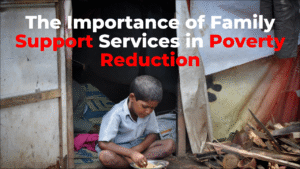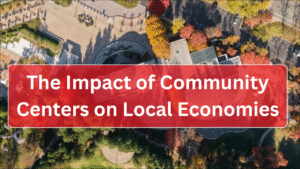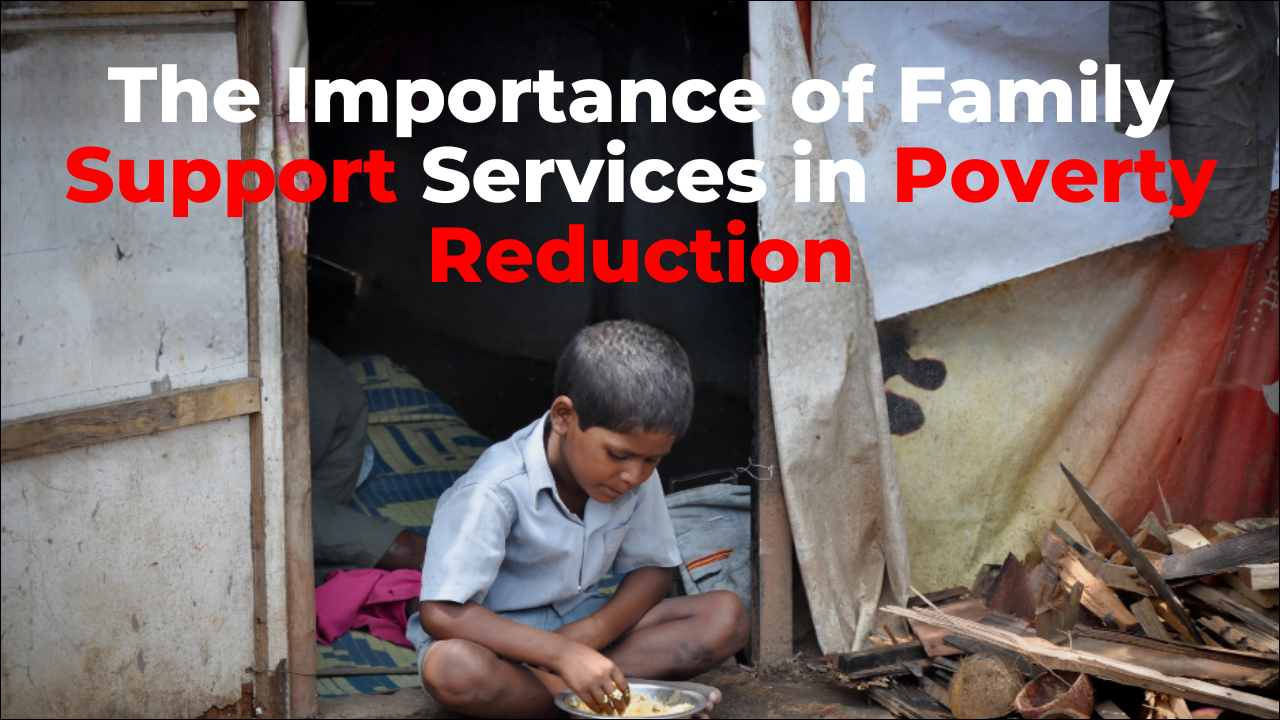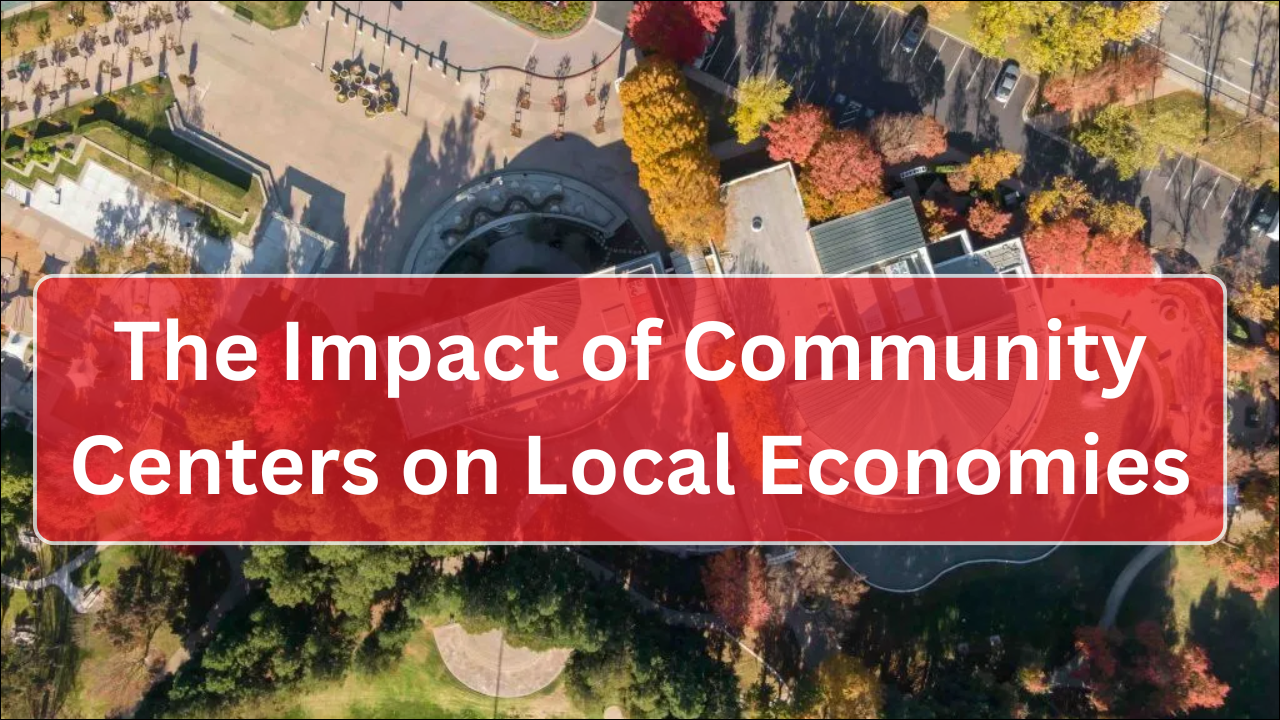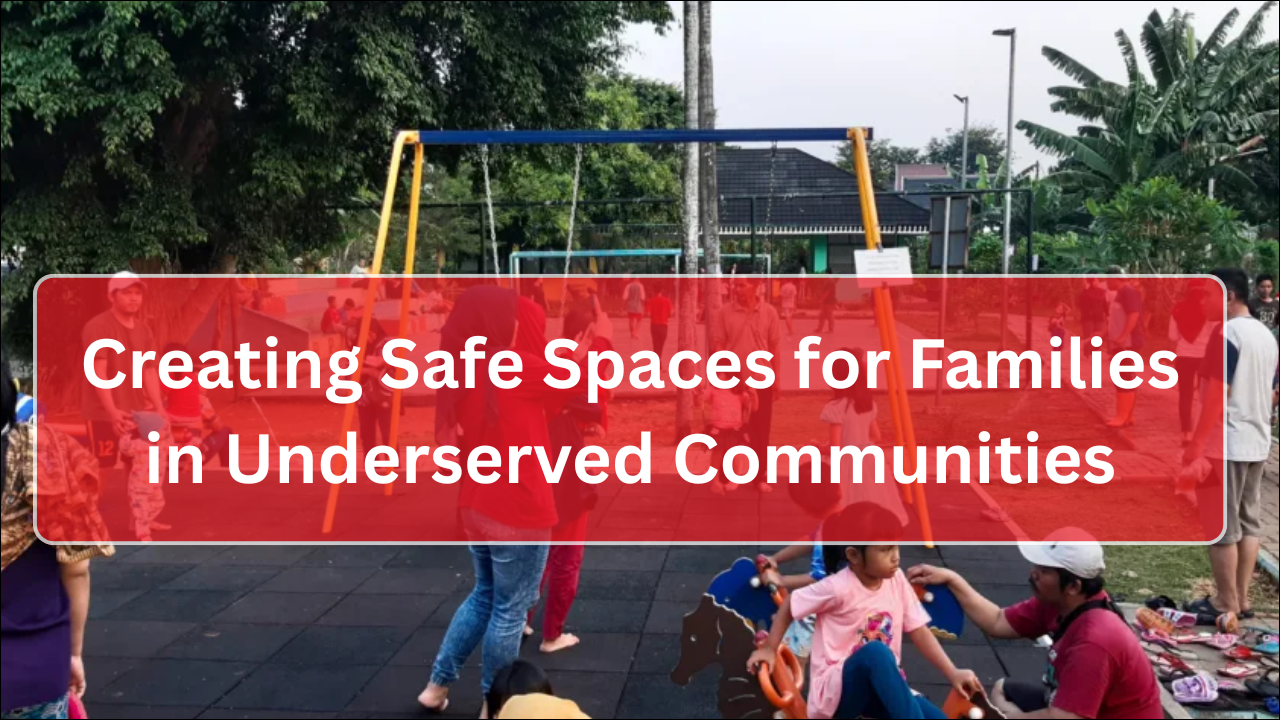
Education often serves as the most powerful tool for transforming lives, yet learning should not end with formal schooling. Lifelong learning goes beyond classrooms, empowering individuals to continuously gain new knowledge, develop skills, and adapt to changing circumstances. In communities facing poverty, lifelong learning becomes a lifeline — a means to access better opportunities, increase income potential, and foster social inclusion. By emphasizing ongoing education, societies can create environments where knowledge acts as a catalyst for sustainable economic and personal growth. Understanding the importance of lifelong learning is therefore essential in breaking the persistent cycle of poverty that traps many families and communities across generations.
Table of Contents
Understanding Lifelong Learning
Lifelong learning refers to the continuous, self-motivated pursuit of knowledge and skills throughout one’s life, regardless of age or background. It involves formal education, non-formal training, and informal experiences that contribute to personal and professional growth.
- Self-Directed Education: Individuals take responsibility for their own learning journey.
- Skill Renewal: Learning ensures relevance in an ever-changing job market.
- Adaptability: Education promotes resilience and flexibility in economic shifts.
- Personal Fulfillment: Knowledge acquisition enhances confidence and self-worth.
- Social Development: Informed citizens contribute more effectively to their communities.
Types of Lifelong Learning and Their Characteristics
| Type of Learning | Definition | Example Activities |
|---|---|---|
| Formal Learning | Structured education in schools or universities | Degree or certification programs |
| Non-Formal Learning | Organized programs outside the formal system | Vocational or online training courses |
| Informal Learning | Daily learning from experiences and interactions | Reading, volunteering, or skill sharing |
The Connection Between Lifelong Learning and Poverty Reduction
Lifelong learning is directly linked to poverty reduction because it enhances employability, social mobility, and empowerment. It gives individuals the capacity to make informed choices, increase income, and escape economic vulnerability.
- Enhanced Employability: Continuous learning equips people with relevant skills for better-paying jobs.
- Entrepreneurial Growth: Knowledge in business and finance supports self-employment opportunities.
- Economic Stability: Education enables long-term career advancement, ensuring consistent income.
- Empowerment: Learning promotes decision-making power and self-reliance.
- Community Progress: Educated individuals drive collective growth and inspire others.
Impact of Lifelong Learning on Poverty Reduction
| Area of Impact | Effect of Lifelong Learning | Outcome |
|---|---|---|
| Employment | Improved skills and job access | Reduced unemployment |
| Income | Higher wages through specialized knowledge | Better financial stability |
| Health | Awareness of nutrition and wellness | Improved living conditions |
| Empowerment | Increased confidence and independence | Stronger self-reliance |
| Social Mobility | Opportunities to rise above economic limitations | Intergenerational improvement |
How Lifelong Learning Breaks the Poverty Cycle
The cycle of poverty often continues when individuals lack education, access to opportunities, and financial awareness. Lifelong learning interrupts this cycle through empowerment and awareness.
- Education as a Foundation: It opens pathways to employment and economic self-sufficiency.
- Skill Diversification: People adapt to changing industries and avoid job loss.
- Entrepreneurial Mindset: Knowledge supports innovation and business creation.
- Financial Literacy: Training helps manage resources effectively.
- Generational Upliftment: Educated parents encourage education for their children, breaking the chain of poverty.
The Role of Technology in Promoting Lifelong Learning
Technology plays an essential role in making education accessible, flexible, and inclusive.
- E-Learning Platforms: Online courses allow learners to study at their own pace.
- Mobile Learning: Smartphones provide access to global educational content.
- Digital Libraries: Free resources expand opportunities for low-income learners.
- Virtual Mentorship: Online guidance supports personal development.
- AI and Data Tools: Adaptive technologies personalize learning experiences.
Technological Tools Supporting Lifelong Learning
| Tool/Platform | Purpose | Benefit to Learners |
|---|---|---|
| Online Courses (Coursera, edX) | Skill and career training | Access to global knowledge |
| Educational Apps | Continuous microlearning | Affordable and flexible learning |
| Virtual Classrooms | Real-time interaction | Collaborative education |
| YouTube Tutorials | Informal learning and practice | Free access to skill-based content |
| Digital Libraries | Academic research and reading | Equal access to educational materials |
Empowerment Through Community Learning
Communities that encourage continuous learning create resilient and empowered citizens. Local learning hubs, such as The Hope Center, play a crucial role in bridging educational and employment gaps.
- Skill Development Workshops: Communities benefit from hands-on vocational training.
- Adult Literacy Programs: Adults gain reading and numeracy skills that enhance daily life.
- Youth Empowerment Sessions: Early career training prepares youth for sustainable futures.
- Peer Learning Groups: Knowledge sharing fosters collective growth.
- Collaborations with Colleges: Partnerships with institutions like Sinclair Community College strengthen community education.
Community-Based Lifelong Learning Initiatives
| Program Type | Target Group | Learning Focus | Outcome |
|---|---|---|---|
| Vocational Training | Unemployed adults | Technical and practical skills | Employment opportunities |
| Adult Literacy | Older learners | Basic education | Improved daily functioning |
| Youth Workshops | Students and job seekers | Career development | Early workforce readiness |
| Entrepreneurship Classes | Local business owners | Business management | Economic independence |
| Mentorship Programs | All community members | Guidance and motivation | Sustained growth |
Lifelong Learning and Economic Resilience
Economic challenges are often unpredictable, but individuals with a habit of lifelong learning adapt more effectively. Education creates resilience by building problem-solving abilities and flexibility.
- Upskilling for Industry Changes: Workers can shift between roles as economies evolve.
- Innovation and Creativity: Learning encourages new ideas and entrepreneurship.
- Digital Competency: Understanding technology keeps individuals competitive.
- Adaptation to Globalization: Global learning prepares people for international opportunities.
- Sustainable Livelihoods: Continuous learning ensures consistent productivity.
Barriers to Lifelong Learning
Despite its importance, many individuals face obstacles that limit their access to continuous education.
- Financial Constraints: High tuition and training costs discourage participation.
- Lack of Awareness: Some individuals underestimate the value of continuous learning.
- Time Limitations: Family and work responsibilities reduce study opportunities.
- Technological Divide: Limited internet access hinders online learning.
- Educational Inequality: Unequal systems prevent marginalized groups from progressing.
Common Barriers and Possible Solutions
| Barrier | Challenge Description | Suggested Solution |
|---|---|---|
| Financial Limitations | Inability to afford education | Scholarships and subsidized programs |
| Lack of Awareness | Minimal understanding of lifelong benefits | Awareness campaigns and workshops |
| Time Constraints | Work-life balance issues | Flexible online learning schedules |
| Technology Gap | Limited access to digital tools | Community computer labs and affordable devices |
| Educational Inequality | Disparity in quality learning resources | Government and NGO intervention |
Social and Emotional Benefits of Continuous Learning
Beyond economic advancement, lifelong learning brings profound social and emotional benefits that empower individuals to lead fulfilling lives.
- Increased Confidence: Mastering new skills boosts self-esteem.
- Improved Social Interaction: Learning environments encourage communication and collaboration.
- Mental Well-being: Continuous engagement keeps the mind active and reduces stress.
- Cultural Awareness: Exposure to diverse ideas fosters tolerance and empathy.
- Civic Engagement: Educated individuals participate actively in community development.
Case Study Example: Community Empowerment Through The Hope Center
The Hope Center demonstrates how lifelong learning directly contributes to poverty alleviation. By offering accessible education and job training, it empowers families to achieve independence.
- Educational Pathways: The center provides literacy, technical, and digital programs.
- Employment Linkages: Partnerships with industries ensure job placements.
- Mentorship Opportunities: Learners receive personalized guidance for growth.
- Women’s Empowerment: Tailored programs support female entrepreneurship.
- Sustainability Focus: Graduates often become mentors, creating a ripple effect of change.
The Hope Center’s Lifelong Learning Impact Summary
| Focus Area | Program Example | Outcome |
|---|---|---|
| Technical Skills | Vocational and digital training | Increased employability |
| Literacy | Adult education initiatives | Improved confidence |
| Women’s Empowerment | Small business training | Economic independence |
| Youth Development | Internship and mentoring | Career readiness |
| Community Growth | Peer-led workshops | Sustainable empowerment |
The Role of Governments and Institutions
Government and educational institutions play a vital role in promoting lifelong learning for poverty reduction.
- Policy Support: National education strategies must include adult learning initiatives.
- Funding Programs: Financial support for low-income learners promotes equal access.
- Public-Private Partnerships: Collaboration strengthens training outcomes.
- Accessible Education Platforms: Digital infrastructure expands reach.
- Monitoring and Evaluation: Continuous review ensures program effectiveness.
Key Takeaways
Lifelong learning stands as a cornerstone for breaking the cycle of poverty and achieving sustainable development. By enabling individuals to gain new skills, adapt to changes, and make informed decisions, it builds both personal and community resilience. Education is not merely a tool for employment; it is a lifelong process that shapes identity, dignity, and purpose. When governments, institutions, and community centers like The Hope Center prioritize continuous learning, they unlock the potential of every individual to rise above poverty and contribute meaningfully to society. Lifelong learning thus transforms not just lives but entire generations, creating pathways toward equality, prosperity, and hope.

